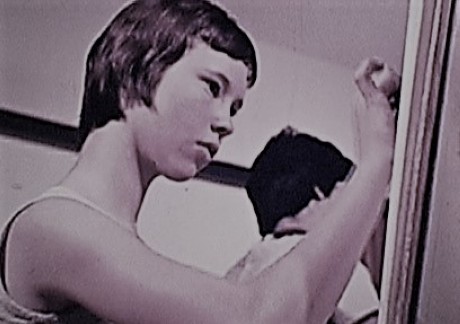


Joshua Oppenheimer
…there’s never been a deeper or more diverse time for documentary cinema… That’s how IndieWire introduces its article about the 25 documentaries four critics have found the best in the still young 21st century. And it is an impressive list of films that are to be found. Mostly American and English language films. That can be discussed of course, but what is indisputable – the two films of Joshua Oppenheimer are there, “The Look of Silence” as number 4, “The Act of Killing” as number 1.
Which leads me to turn to the upcoming Sarajevo Film Festival (starts August 11), where “A Tribute to Joshua Oppenheimer” is part of the programme with a masterclass with the director, a so-called career interview that I have been asked to lead. With great pleasure! On the website of the festival Oppenheimer’s two films are presented like this:
Born in 1974, USA, two-time Oscar® nominee Joshua Oppenheimer’s debut feature film, THE ACT OF KILLING (2014 Academy Award Nominee for Best Documentary), was named Film of the Year in the 2013 by the Guardian and the Sight and Sound Film Poll, and won 72 international awards, including a European Film Award, a BAFTA, an Asia Pacific Screen Award, a Berlinale Audience Award, and the Guardian Film Award for Best Film.
His second film, THE LOOK OF SILENCE (2016 Academy Award Nominee for Best Documentary), premiered at the 71st Venice Film Festival, where it won five awards, including the Grand Jury Prize, the international critics award (Prix FIPRESCI) and the European film critics award (FEDEORA Prize). Since then, THE LOOK OF SILENCE has received 72 international awards, including an Independent Spirit Award, an IDA Award for Best Documentary, a Gotham Award for Best Documentary, and three Cinema Eye Honors, including Best Film and Best Director.
I wonder how many people have seen the two films. Does he know that, I will ask him in Sarajevo…
http://www.sff.ba/en/news/10562/tribute-to-joshua-oppenheimer
http://www.indiewire.com/2017/07/best-documentaries-21st-century-1201857688/
